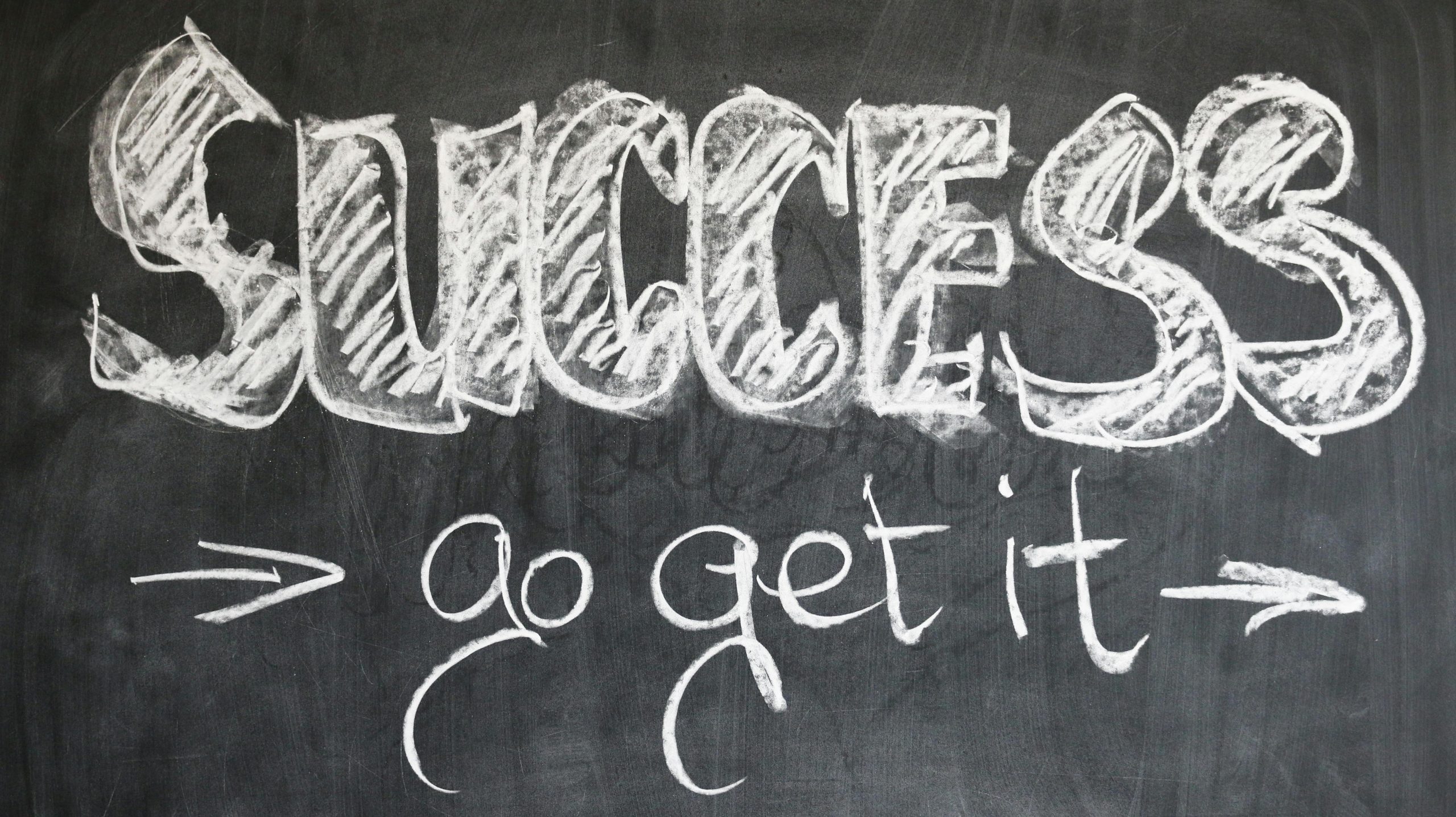Mastering Your Success Vision: The Ultimate Blueprint for Personal and Professional Fulfillment
In an age defined by rapid change and endless information, clarity is power. A Success Vision is more than a motivational buzzword—it’s a strategic blueprint for building the life and career you truly want. While goals provide direction, a vision gives them purpose. It is the fuel behind resilience, motivation, and high achievement.
In this guide, we go beyond generic advice and walk you through the modern psychology, strategy, and tools to craft, execute, and sustain your Success Vision in a way that aligns with your personal values and today’s dynamic world.
Key Insights at a Glance
Your Success Vision is your internal compass, guiding both daily actions and long-term planning.
A clear vision leverages both neuroscience and emotional intelligence to drive lasting achievement.
Success is highly individualized—you define what it looks and feels like.
Action without alignment leads to burnout; vision brings alignment.
What Is a Success Vision (And Why Most People Get It Wrong)?
A Success Vision is a vivid, emotionally resonant mental image of what your ideal future looks like—professionally, personally, spiritually, and socially. Unlike static goal-setting, it engages your subconscious and emotional brain—making your progress more intuitive, natural, and sustainable.
“Your vision will become clear only when you look into your heart. Who looks outside, dreams. Who looks inside, awakens.” — Carl Jung
❌ Common Mistakes in Vision Planning:
Creating vague or surface-level goals without emotional depth
Confusing a vision with a mission statement
Setting goals based on external validation rather than internal values
Failing to update your vision over time
The Psychology Behind Success Vision
Vision and the Brain
Neuroscience shows that visualizing success activates the same brain regions as actually performing the task. This builds new neural pathways and increases motivation, confidence, and performance.
❤️ Emotional Alignment
When your vision resonates with your values, it triggers dopamine and oxytocin release—creating emotional momentum. This leads to better habit formation, stronger resilience, and more sustained effort.
Essential Components of a Success Vision
1. Core Values
Start by identifying what truly matters to you: freedom, creativity, health, legacy, influence, love, service? Your values are the non-negotiables that keep your vision authentic.
2. Long-Term Aspirations (5–10 Years)
These should answer:
What kind of person do I want to become?
What impact do I want to have?
What lifestyle do I want to live?
3. Short-Term Tactical Goals (30/90/365 Days)
Break the big vision into:
Monthly milestones
Weekly objectives
Daily habits
This creates a feedback loop of progress and builds self-trust.
4. Vision Metrics
Quantify your vision. For example:
Income level
Number of lives impacted
Hours spent doing meaningful work
Level of physical health or energy
️ How to Create a High-Impact Success Vision (Step-by-Step Guide)
Step 1: Self-Audit
What am I proud of in the last 5 years?
When have I felt most alive or fulfilled?
What drains my energy the most?
Step 2: Vision Crafting
Write a 1-page vivid description of your life 3–5 years from now, using present tense:
Where do you live?
What does your ideal day look like?
Who are you helping?
How do you feel physically, emotionally, spiritually?
Pro tip: Use sensory language. Make it real.
Step 3: Visualization Tools
Digital Vision Boards (Canva, Notion, Pinterest)
Journaling prompts: “I am so grateful now that I…”
Meditation + Visualization combo sessions (10–15 mins daily)
Step 4: Revise Every Quarter
Your vision should grow as you grow. Schedule a quarterly “Vision Check-In” to reflect, refine, and re-align.
Implementing Your Vision: Systems Over Willpower
Strategic Planning
Turn dreams into systems:
Use project planning tools (Trello, Notion, ClickUp)
Align your calendar with your vision
Batch tasks by energy level (high-energy mornings, admin afternoons)
Feedback + Iteration
Weekly reflections: What worked? What didn’t?
Monthly “Vision Alignment Reviews”
Gather feedback from mentors or trusted peers
Challenges You’ll Face (and How to Beat Them)
| Obstacle | Solution |
|---|---|
| Vision fatigue or doubt | Revisit your Why. Use emotional triggers and revisit past wins. |
| Overwhelm | Use a “One Thing” system—focus on 1 micro-goal daily. |
| External pressure or judgment | Reconnect with your core values—what you define as success. |
| Procrastination | Use implementation intentions and schedule vision-based actions. |
| Burnout | Balance hustle with recovery; add joy, play, and rest into your plan. |
Examples of Vision Statements (Real-World Inspired)
Entrepreneurial Vision
“I run a purpose-driven company that generates $500k annually while giving me time freedom, creative autonomy, and the chance to mentor young leaders.”
Career Vision
“I’m the Director of Innovation at a socially-conscious tech firm. I lead teams that solve global problems with heart and strategy.”
Life Vision
“I live in nature, work remotely doing meaningful coaching, and spend my evenings with my family and books. I travel twice a year and wake up feeling energized.”
⚡ Tools & Resources for Vision Mastery
| Tool | Use |
|---|---|
| Notion or Obsidian | Vision journaling + goal tracking |
| Canva / Pinterest | Vision board creation |
| Coach.me | Habit tracking aligned with your vision |
| Insight Timer | Guided meditations on success and fulfillment |
| Google Calendar | Blocking time for strategic execution |
Further Reading & Learning
Books:
“Atomic Habits” by James Clear
“The 12 Week Year” by Brian Moran
“Start With Why” by Simon Sinek
Podcasts:
The Mindset Mentor
The Tim Ferriss Show
The Tony Robbins Podcast
Courses:
Coursera’s “Visionary Leadership and Strategy”
Mindvalley’s “Lifebook”
❓ FAQ: Frequently Asked Vision Questions
What’s the difference between a goal and a vision?
A goal is a specific outcome. A vision is the overarching story behind why those goals matter.
How often should I update my Success Vision?
At least every quarter. Your life evolves—your vision should, too.
What if I don’t know what I want yet?
Start by clarifying what you don’t want. Then explore from there. Vision often emerges through action.
Can a Success Vision include family, health, and lifestyle?
Absolutely. In fact, it should. Success is holistic—not just career-focused.
✅ Final Thoughts: Your Vision Is Your Power
A Success Vision isn’t wishful thinking—it’s strategic dreaming backed by systems and soul. When crafted with intention and executed with clarity, it becomes the greatest investment you’ll ever make.
So ask yourself not just what you want to do… but who you want to become—and let your vision pave the way.







